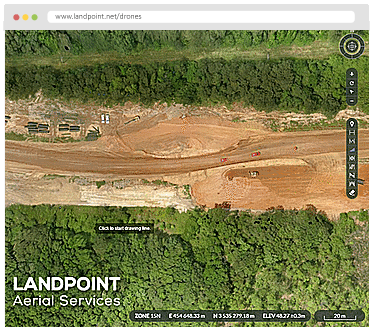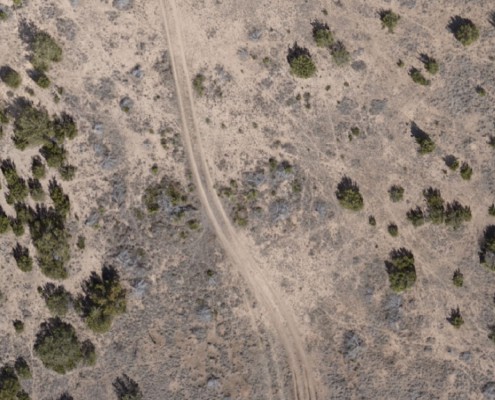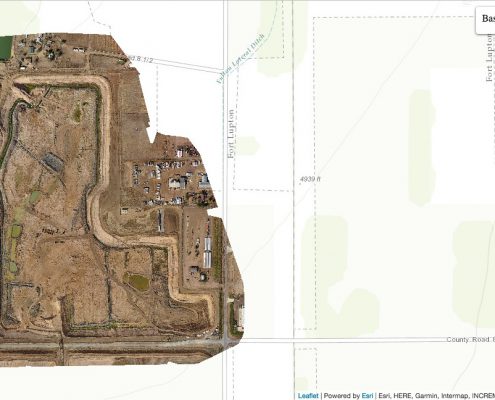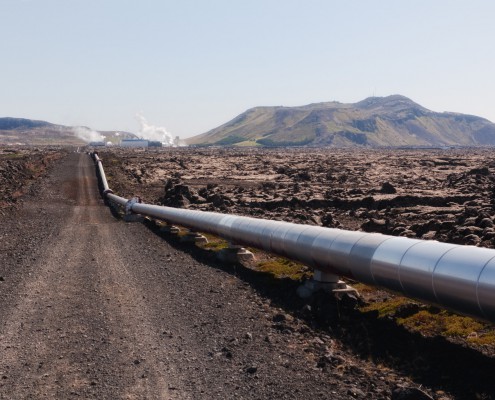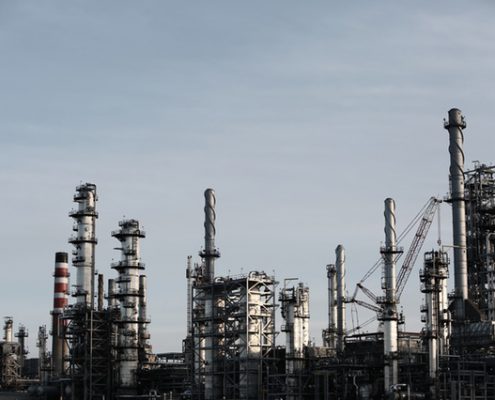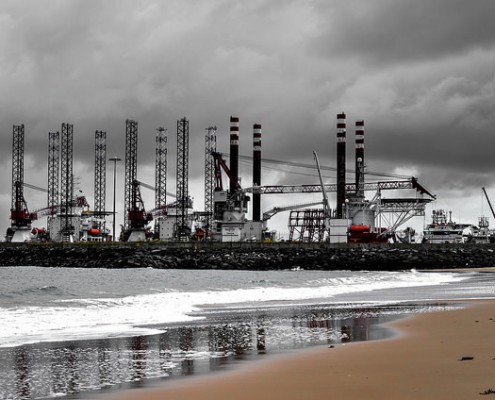Aerial Imaging Services: A Primer
If you need aerial imaging done, what technology will you use? There are a lot of options open to you, and there isn’t always a clear winner. When choosing your aerial imaging services, you will usually choose both the imaging technology and the aerial vehicle. Any combination of these may be available, so let’s look at the options that may prove to be the best for your specific project.
Different Types of Aerial Imaging
Aerial imaging technology is the way an aerial survey scans the terrain and provides actionable data that can be analyzed. Today, there are two primarily used technologies: LiDAR and photogrammetry.
- LiDAR. LiDAR technology is currently the most advanced aerial technology today, often used for aerial mapping with drones or other aircraft. LiDAR technology uses lasers to read the terrain below an aerial craft, creating extremely accurate sets of data. Lasers can penetrate brush and thin obstructions like cloth, providing accurate scans even on overgrown terrain.
- Photogrammetry. Photogrammetry is an older technology that uses photographs to generate imagery based on positioning, perspective, and other captured data. As photogrammetry uses photographs, it can provide coloring along with textured terrain, something that LiDAR scanning cannot. However, because photogrammetry uses 2D photos for analysis, it may not always be as accurate.
- Combined. Some projects will use both LiDAR and photogrammetry together, producing a highly detailed 3D map in real color. This combination is typically the most intuitively understood by untrained observers, but it will also be more time-consuming and expensive, and may not be necessary for the vast majority of projects.
Your project’s budget and your needed levels of accuracy are going to determine which type of technology is better for you. While LiDAR will always be more accurate, photogrammetry is often more affordable.
Different Types of Aerial Vehicle
Once the surveying technology has been decided upon, the vehicle that is used to capture information needs to be chosen. Different vehicles have different strengths.
- Helicopter. Helicopters can fly for a long period of time and can hover close to the ground. However, helicopters need to be manned, and no matter how safe an inspection is, there is always the risk of crew injury due to an accident. Helicopters take longer to deploy than drones do, but can function in weather that may prove an obstacle to drone flights.
- Plane. Planes are best for surveys over large plots of land, as they fly much faster and at a higher height. They are the most expensive option and do require a manned crew, which can drive up the cost. At the same time, planes are usually more stable during inclement weather than helicopters or drones are. Planes can also take some time to deploy due to the complexity of the craft and the need for crew.
- Satellite. Traditional satellite mapping refers to a low-resolution map produced by satellites in orbit. Satellite data can be purchased through a satellite company, but it typically won’t provide significant enough resolution for most applications. It’s usually used for preliminary information about a location.
- UAV. Aerial mapping with drones is rapidly becoming standard, as UAVs are the most versatile option. UAVs are able to fly close to the ground and capture high resolution imagery without any threat to a manned crew. UAVs can be deployed quickly and can finish most aerial surveys within a day, though larger surveys may tax the drone’s range and battery power.
Aerial imaging services are swiftly moving towards drone use as the primary platform for imaging services, but there are still circumstances in which a company may want to use a helicopter or a plane.
Choosing the Right Aerial Imaging Services
Drone technology tends to provide the best benefits overall, and makes sense for most projects. Still, there are a number of different options available, depending on your project’s unique needs. Working with a company that can provide multiple types of aerial imaging, such as Landpoint, can ensure that you use the right technology for your project.
Could your next construction or energy project benefit from a detailed aerial imaging service? Contact Landpoint to learn more about how you can put this technology to work.

